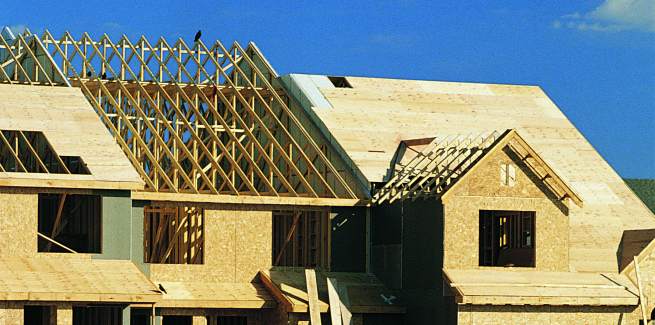According to BIS oxford Building in Australia 2019-2034 report, building commencements are set for a deeper downturn than initially anticipated, but would “recover strongly” by 2020-21.
The report noted that the real value of national building commencements contracted an estimated 12 per cent in 2018-19 to $109.8 billion, down from the record peak in the previous year.
BIS Oxford claimed that the downturn has “further to run” with an additional 8 per cent decline forecast for 2019-20, adding that the fall in residential building commencements would outweigh the growth expected in the non-residential sector.
The research firm noted that the tightening of lending practices, coupled with falling property prices, sparked the construction downturn, but a reversal in sentiment in response to recent political and economic developments would ultimately trigger a recovery.
Robert Mellor, managing director at BIS Oxford Economics, observed: “FY2019-20 should represent the trough for total building, with a strong rebound anticipated from 2020-21 onwards as interest rate cuts, easing mortgage serviceability tests and first home buyer stimulus help facilitate a broad recovery.
“Total building activity is anticipated to climb near its previous peak over the coming five years.
“Strong population growth, a rising national dwelling stock deficiency and housing stimulus are set to provide considerable support to the residential building and renovation sectors, while non-residential building is projected to remain elevated at a high base over the medium term.”
Mr Mellor added that he expects the next upturn in residential construction to be led by a spike in non-residential investment in the resource states of Queensland and Western Australia.
“The next pick-up in new dwelling construction is expected to coincide with a continued buoyant level of non-residential investment and a turn in mining investment,” Mr Mellor said.
“Queensland and Western Australia are well positioned to lead the next residential upturn, ahead of New South Wales and Victoria.”
According to BIS Oxford, first home buyers and upgraders would initiate the recovery in residential commencements, with investors following once rental vacancy rates tighten and make rental yields more lucrative.
However, Mr Mellor stated that if investors do not return to the market as expected, “the momentum needed to sustain the recovery will be lacking”.
“We could experience a deeper downturn before then, and a delayed recovery, if fundamental drivers of residential activity were to ease more than expected,” he added.
“A crisis of confidence surrounding build quality in the apartment market has the potential to weigh further on apartment construction over the short term, adding downside risk to the outlook.”
[Related: House prices exceed $2m in 10% of Sydney suburbs]
 ;
;
